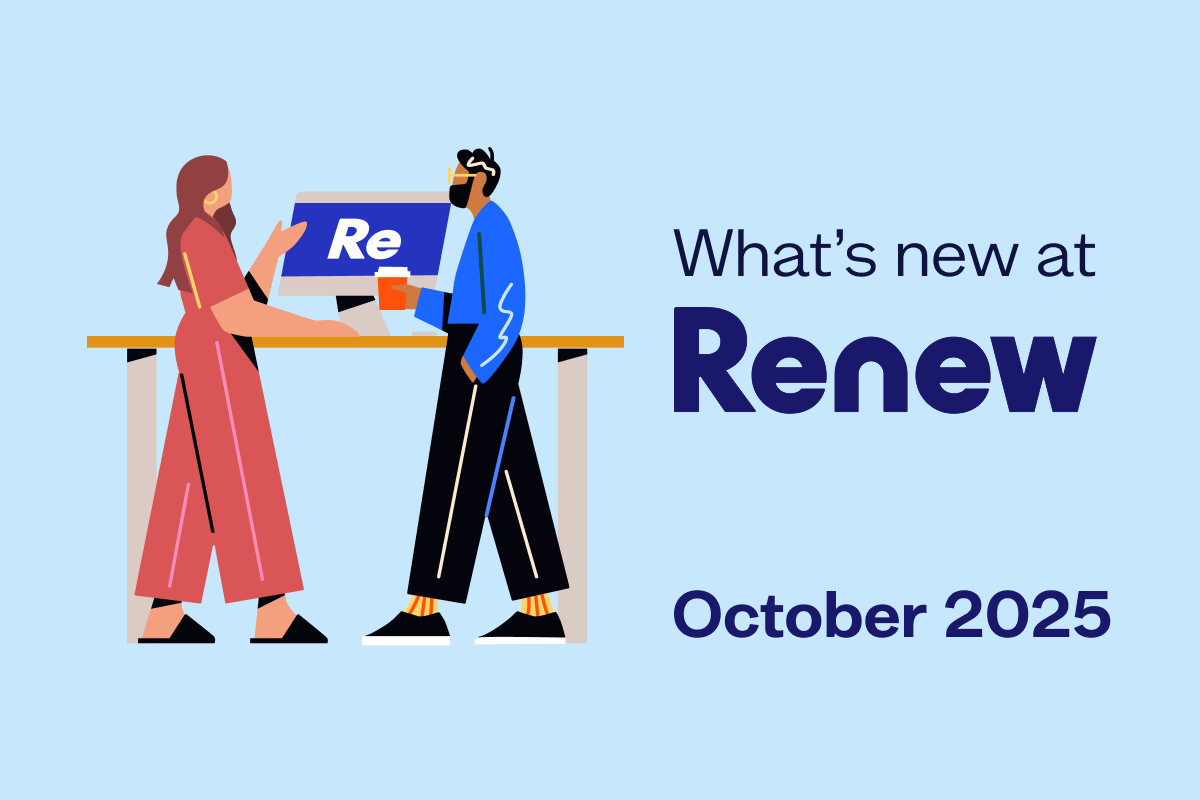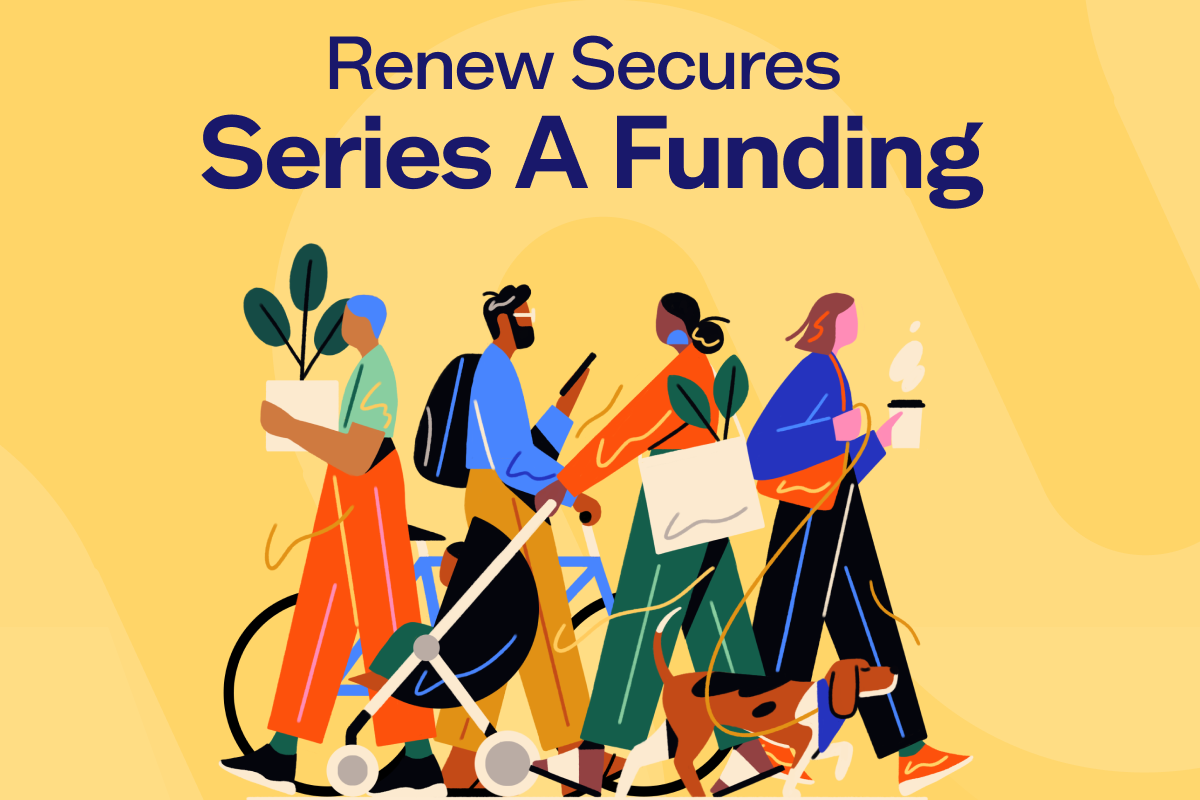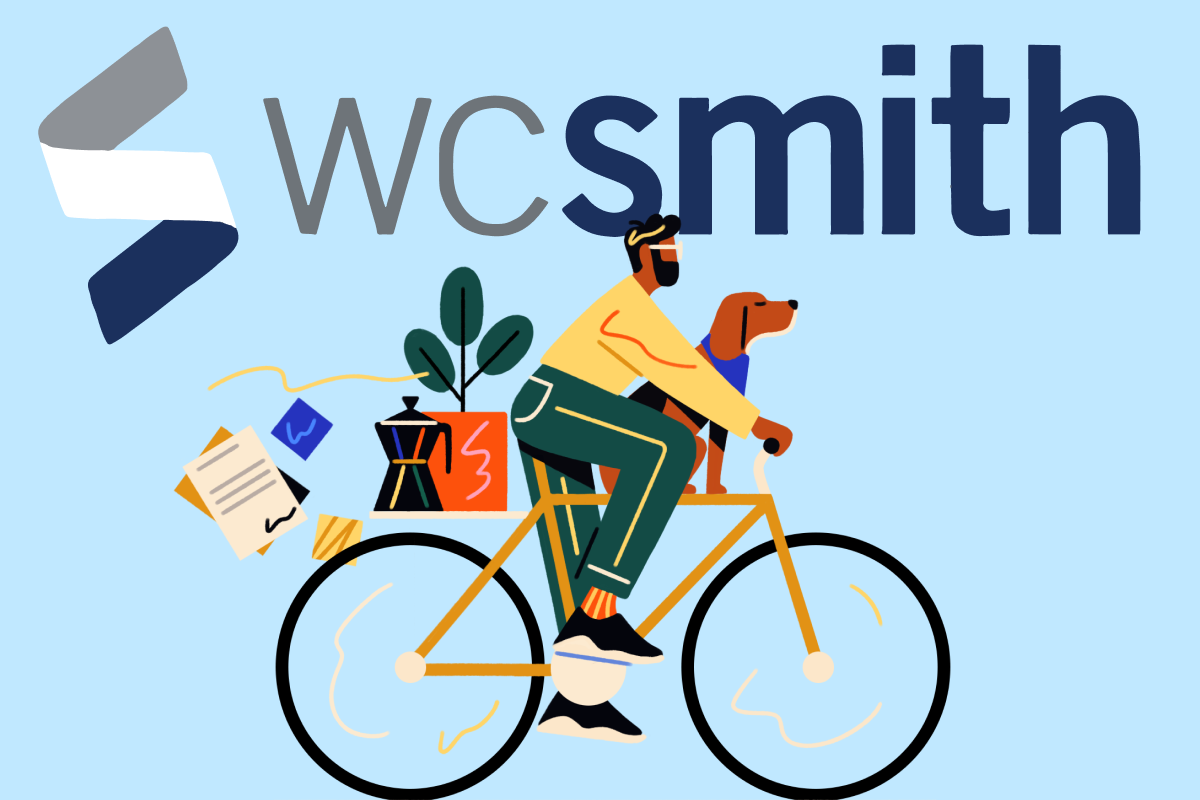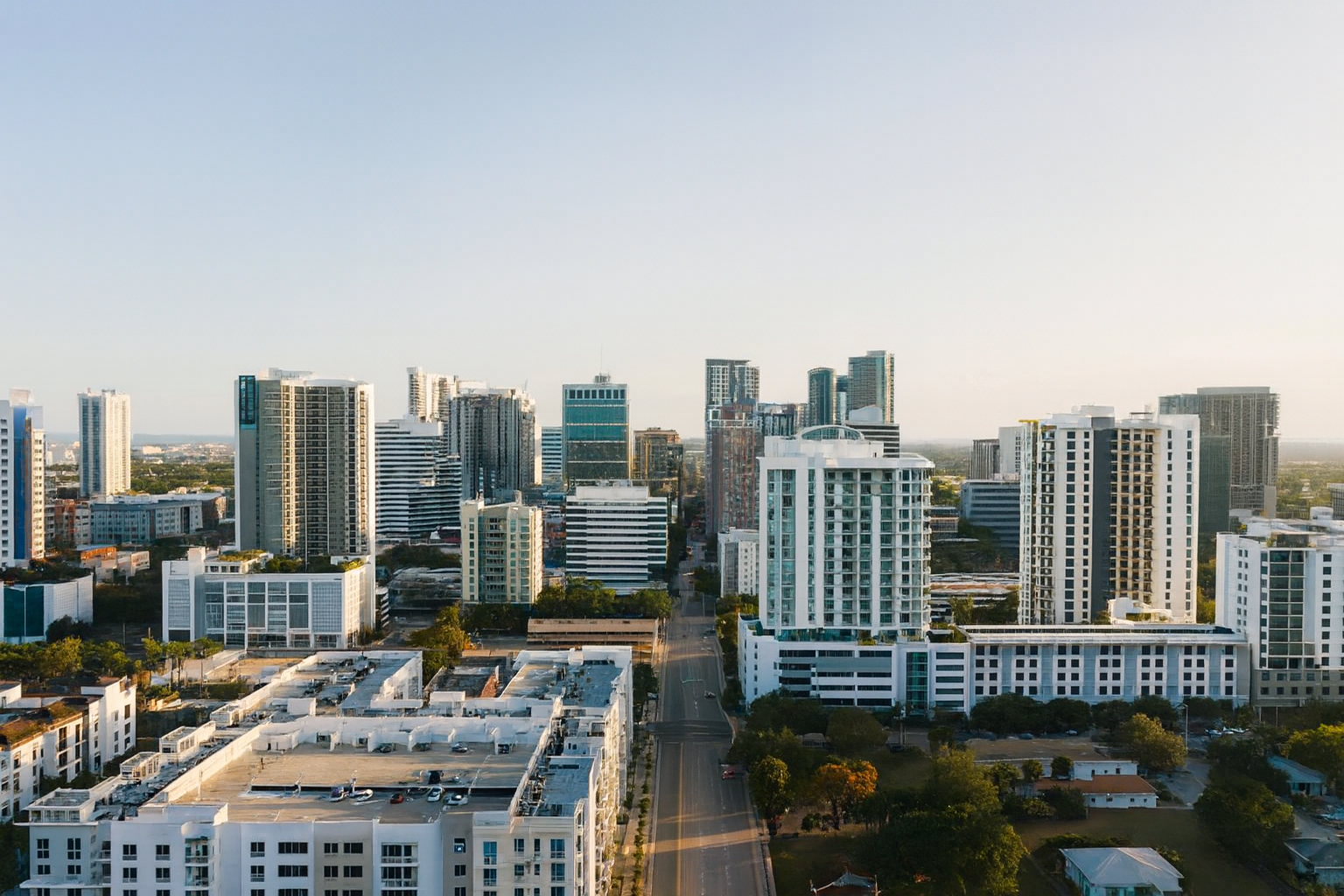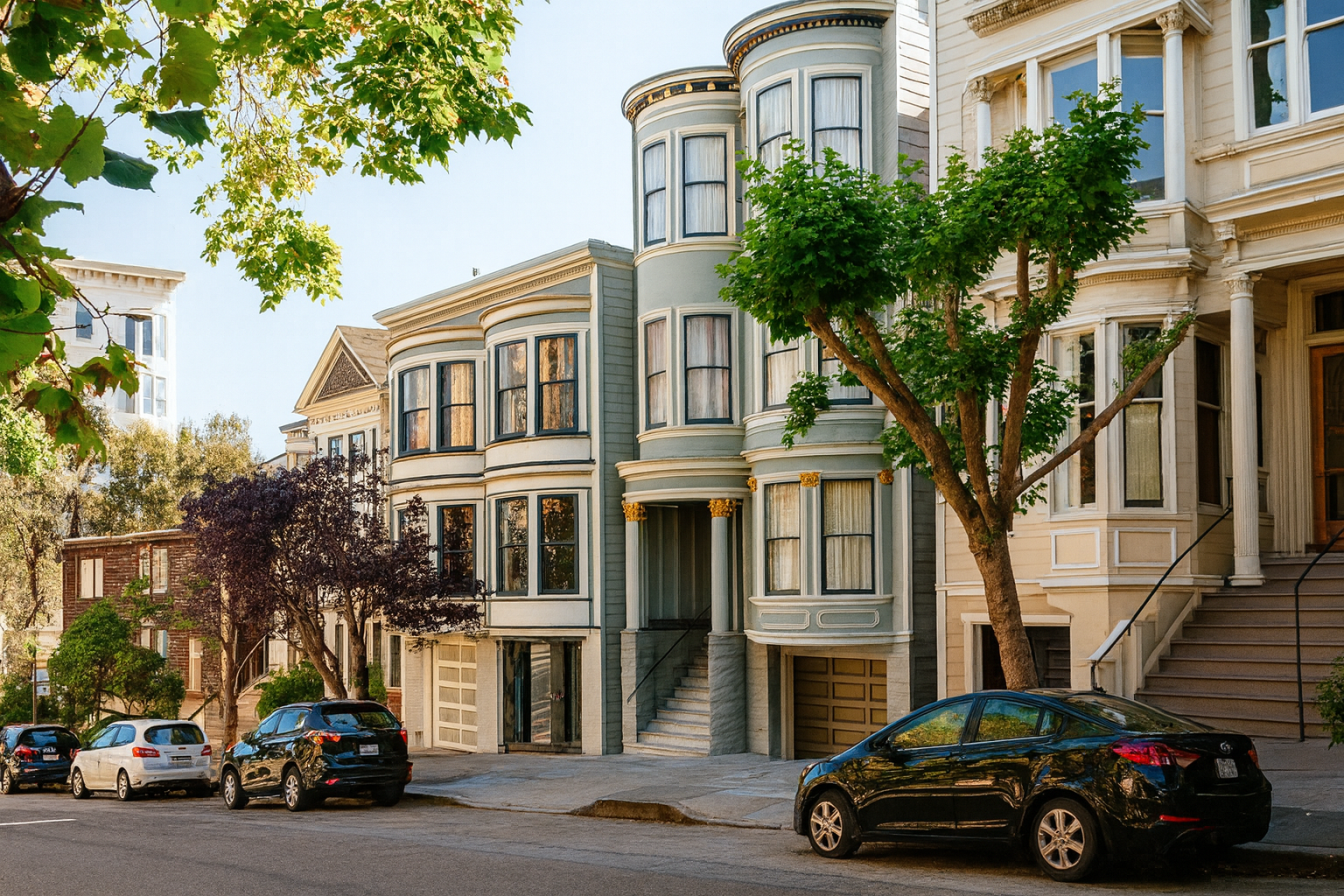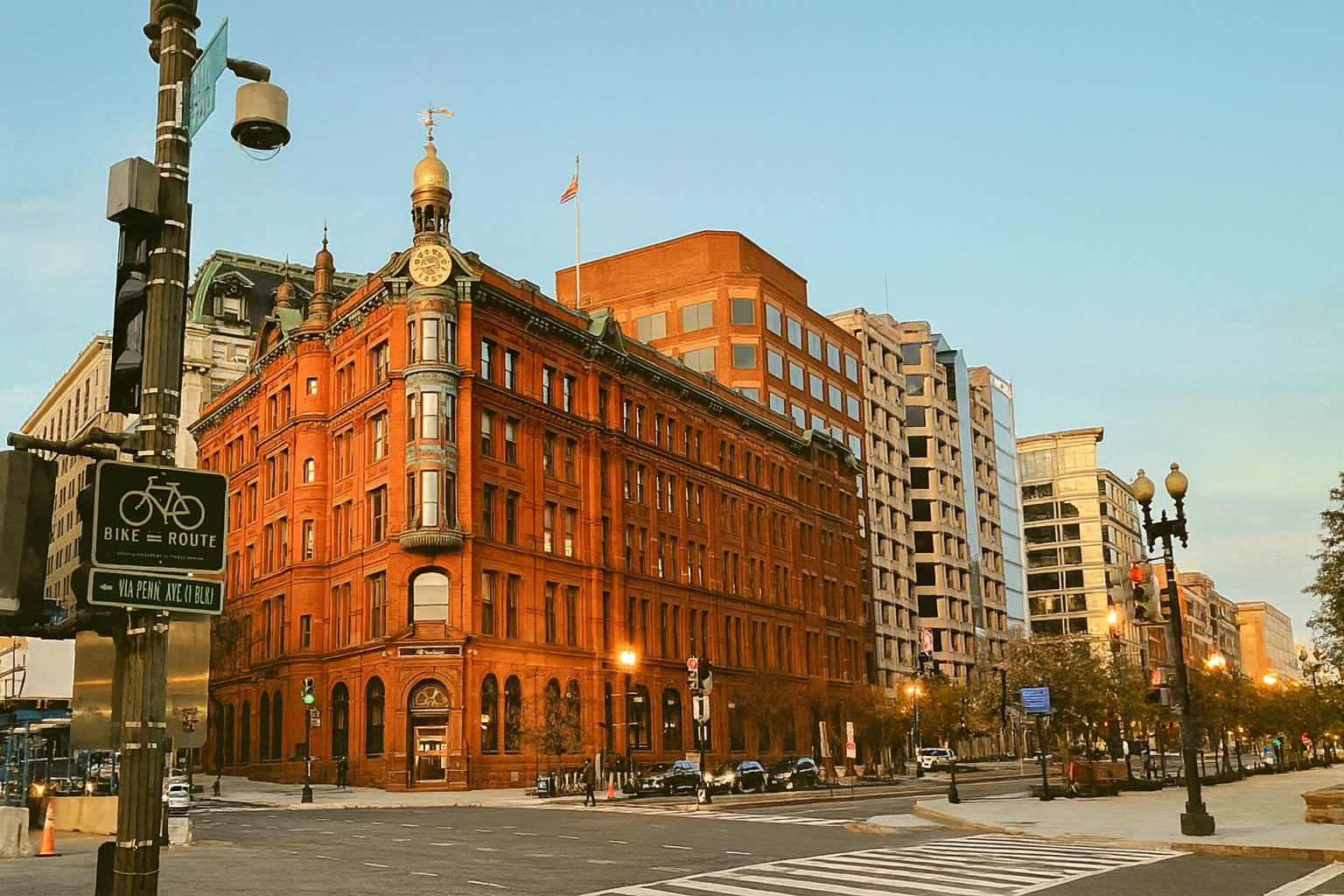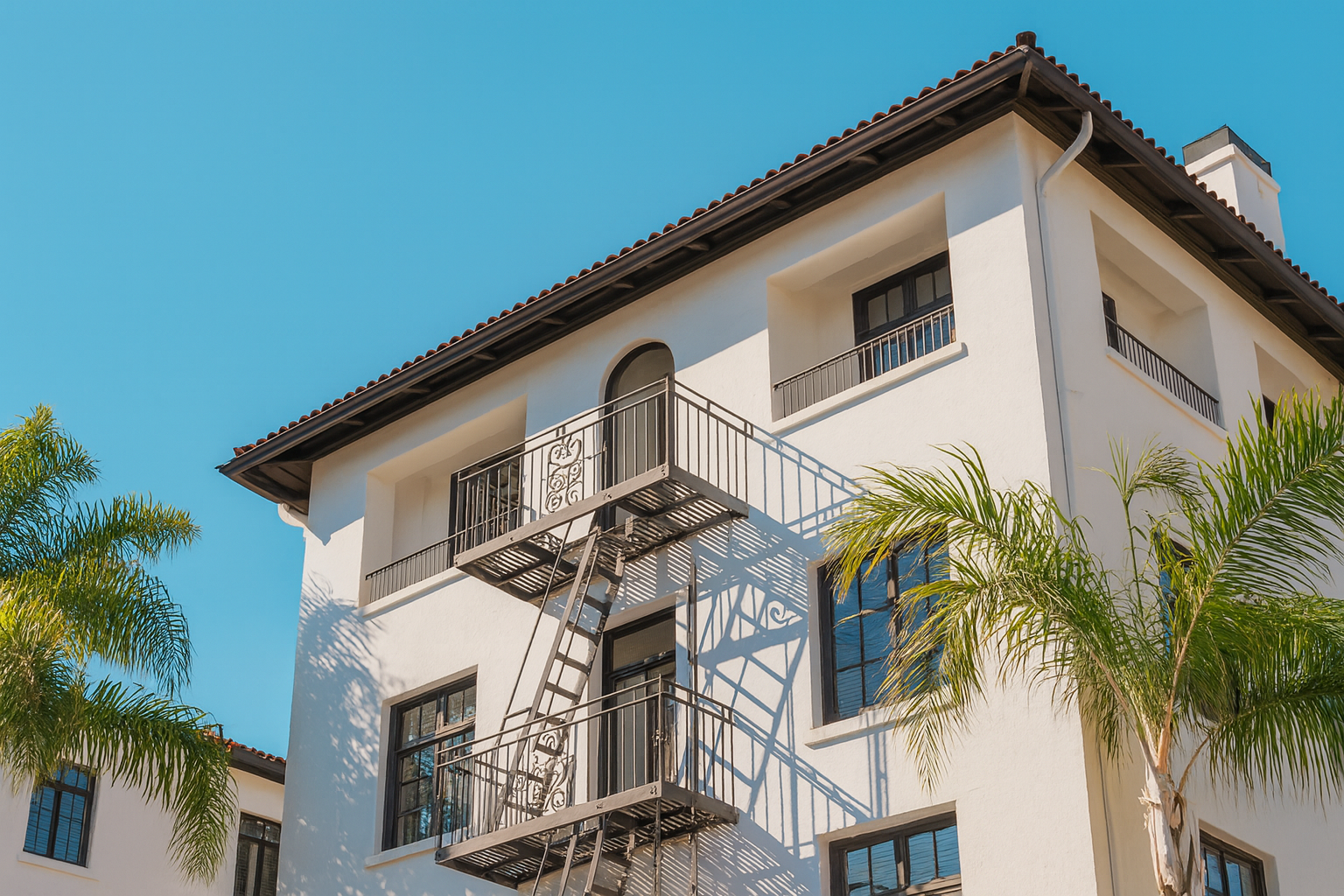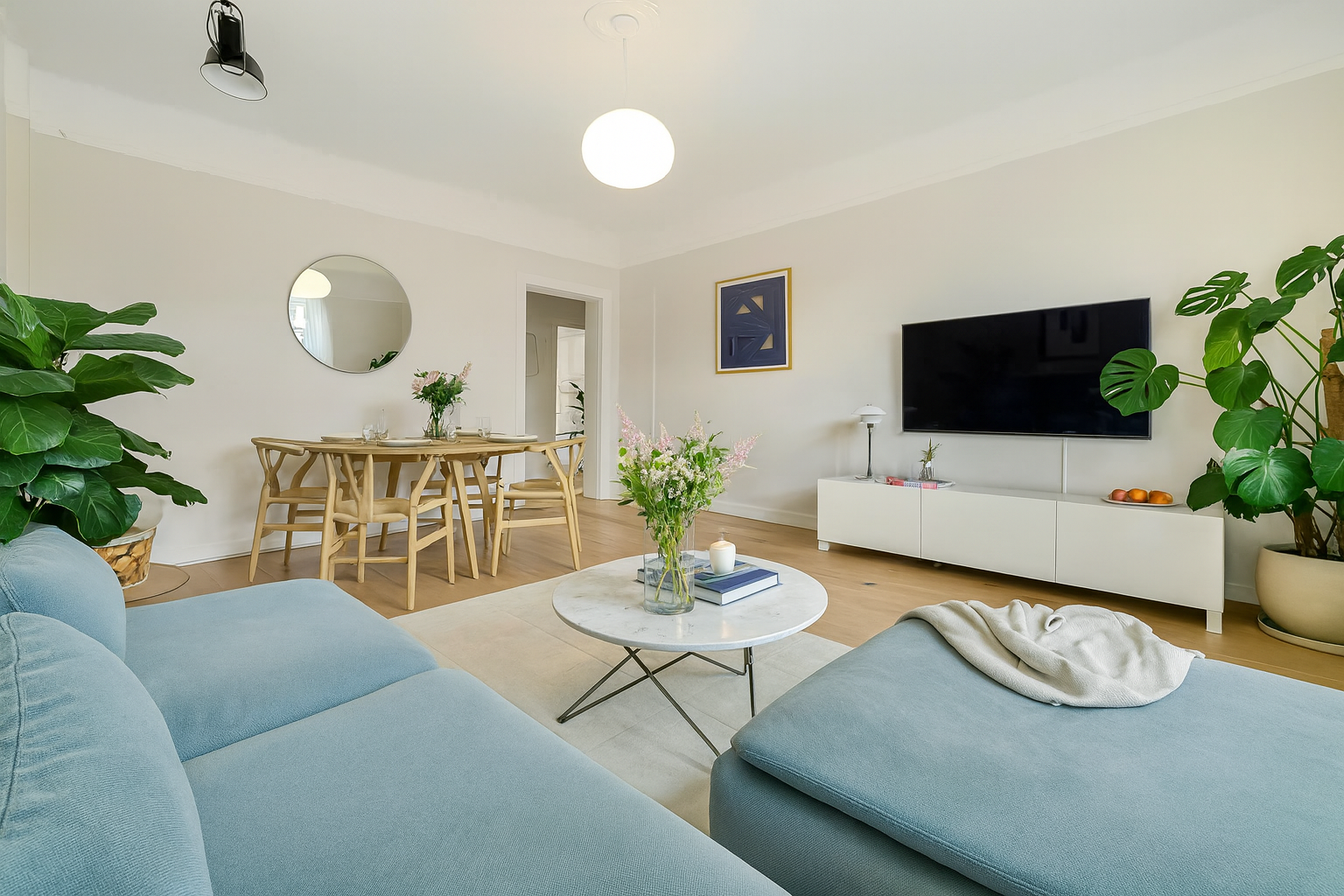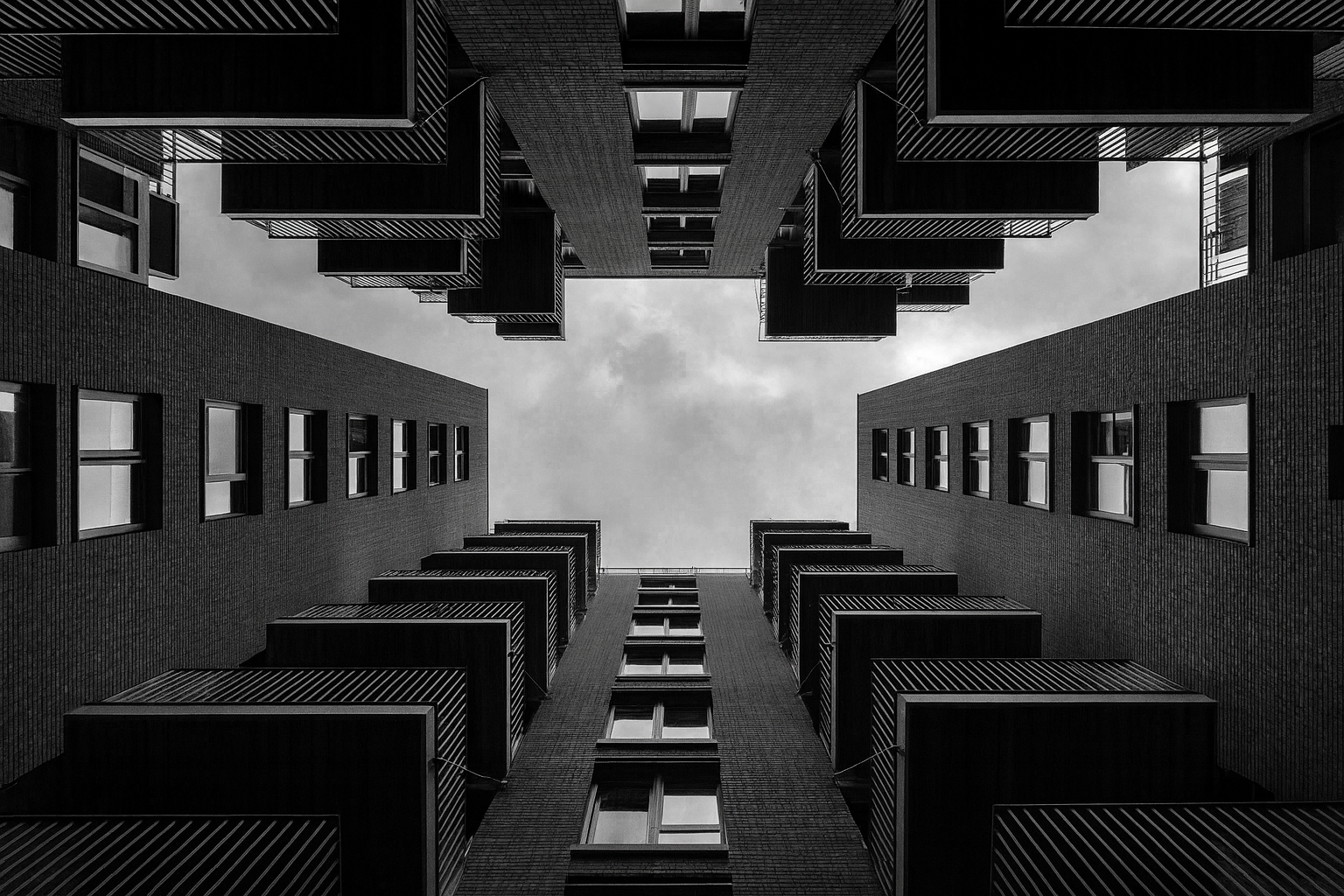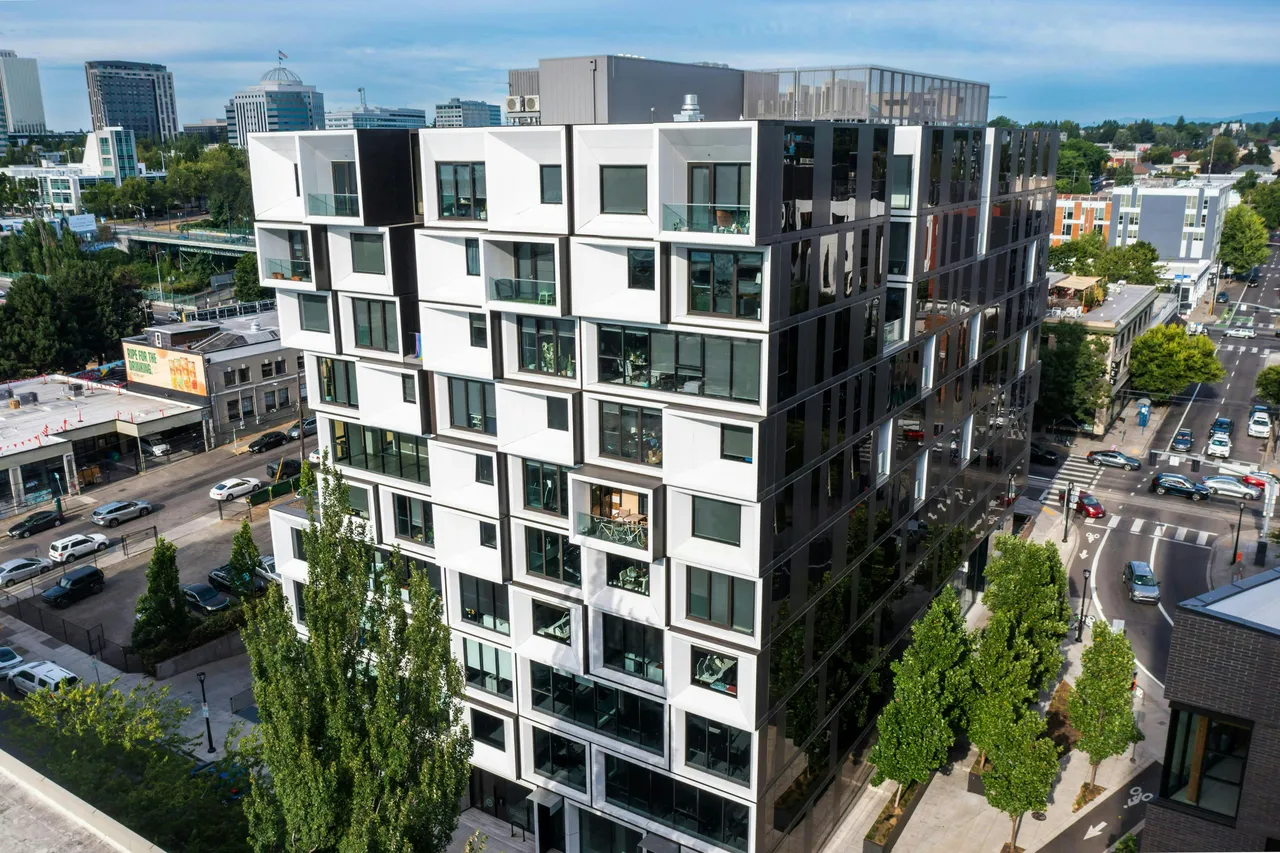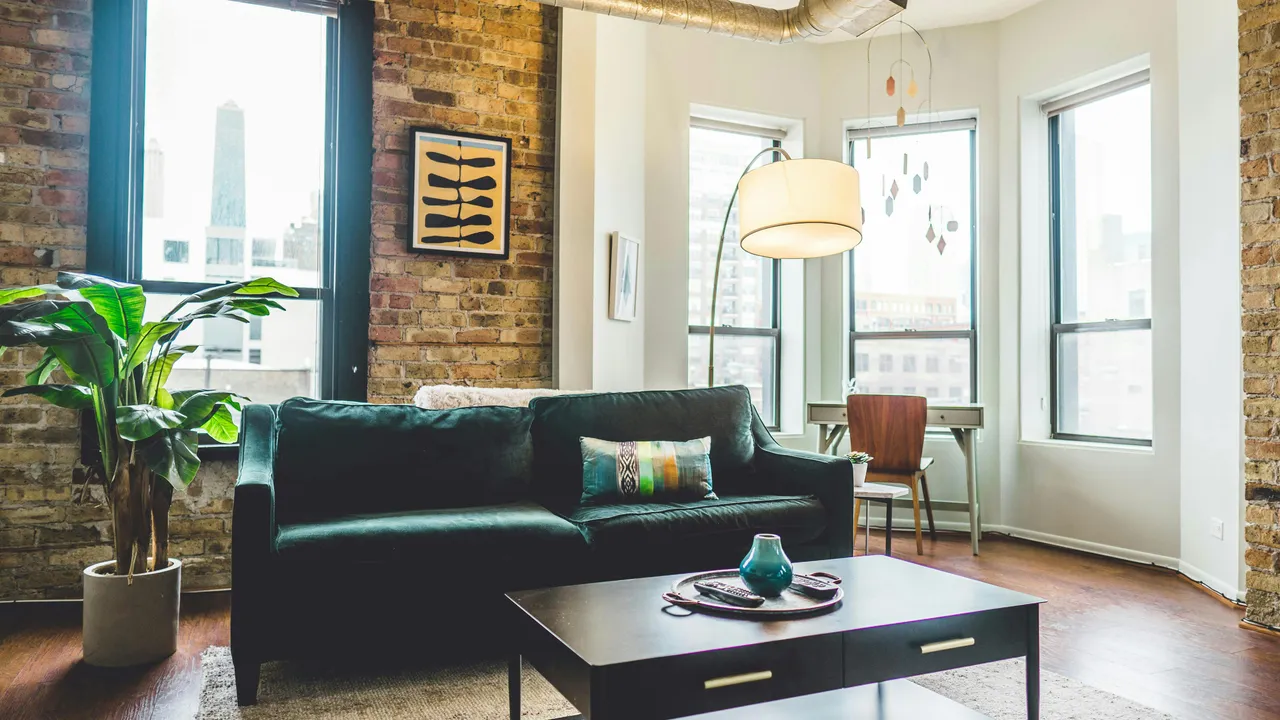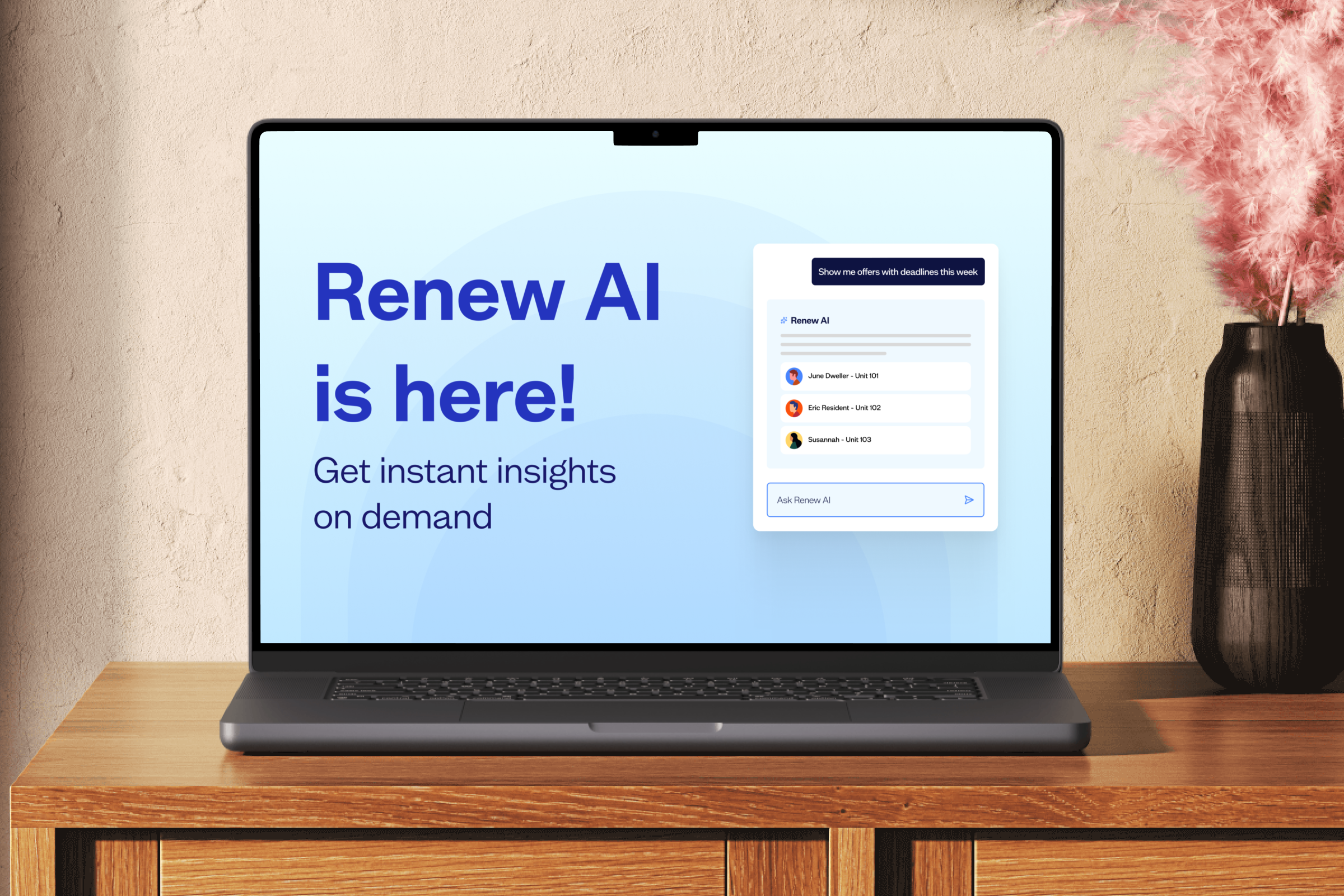In the multifamily housing industry, it’s easy to see why so much focus has traditionally been placed on leasing. New leases bring in fresh revenue, and marketing campaigns are often geared toward filling vacancies quickly. But there’s a vital aspect of the resident journey that’s often under-prioritized: retention.
Retention should be the bedrock of every successful multifamily community, yet it has long been overshadowed by the allure of new leases. Ask any top multifamily operating team about the top five metrics for tracking leasing performance, which accounts for 40-45% of rent revenue, and they'll answer quickly and confidently. Ask the same about renewals, responsible for 55-60% of revenue -- crickets.
If you think about this purely from a business model perspective, renting is a subscription business. Most subscription businesses would be considered dismal failures with a 40-50% churn rate; and yet, multifamily has hovered within that narrow range for decades. Let’s dive into why retention has been neglected, why most existing tech solutions fall short, and why the industry must pivot to a more strategic approach for keeping residents happy and renewing.
Retention: The Unsung Hero of Multifamily Success
The reality is that retaining a resident is far more cost-effective than acquiring a new one. Industry data consistently shows that the costs associated with turning a unit—cleaning, painting, marketing, and the inevitable leasing commissions—can be several times higher than keeping an existing resident happy and renewing their lease. For example, on a recent UDR earnings call, Mike Lacy (SVP Ops) stated that each additional renewal they secured added $5,000 to NOI. Despite this, many companies treat retention as an afterthought, often relying on basic resident satisfaction surveys, standard letters that haven’t been updated in years, or sporadic renewal offers that lack insight, strategy and personalization.
Retention is not just a cost-saving measure; it’s a revenue driver. Happy, long-term residents are more likely to refer others, leave positive reviews, and actively participate in the community, enhancing the overall living experience for everyone. The longer a resident stays, the more embedded they become in the community, turning what might have been a one-year lease into a multi-year partnership - either at the original community or another in the portfolio.
Why Retention Takes Such a Distant Second Place to Leasing
Retention has been an afterthought for a variety of reasons. One of the primary issues being that the multifamily industry is largely reactive when it comes to resident engagement. Most efforts are concentrated at the beginning of the resident journey—leasing agents woo prospects, marketing campaigns promise an exceptional living experience, and every touchpoint is designed to convert leads into leases. But once a lease is signed, the proactive engagement often stops or slows to an intermittent crawl. There are likely many reasons for this, not the least of which are staffing challenges.
Another factor is that retention lacks the glamour of leasing. Leasing statistics are easily measurable and directly tied to occupancy rates, making it easier to demonstrate immediate success. In contrast, retention efforts can feel nebulous and hard to quantify, and the success of retention strategies is often seen as the absence of a problem rather than a clear, celebrated win. Retention metrics have been hard to measure . . . until NOW.
The Technology Gap: Why Retention Isn’t Getting the Tech Attention It Deserves
Technology has revolutionized many aspects of the resident experience—from virtual tours and AI-powered leasing assistants to smart home devices and digital payment platforms. Yet, when it comes to retention, the tech landscape falls short. Most solutions are geared toward lead generation and conversion, leaving a significant gap in tools that proactively support retention efforts.
Current property management software focuses on operational efficiencies, not strategic resident engagement. While platforms may offer basic renewal tracking or send out automated reminders, few truly personalize the renewal experience or provide data-driven insights that help staff proactively address resident concerns; for example, having actual vision into an individual’s propensity to renew or a household change driving the need for a smaller or larger unit can be game changing. Retention technology should do more than remind; it should facilitate all resident pathways, engage, predict, and create loyalty. Measuring those interactions is impossible to do with a letter slid under a door, a PDF sent via email, or even a basic page in an incumbent property management system.
The Benefits of a Strategic Retention Approach
The good news? Retention strategies don’t have to remain neglected. By applying increased focus and technology toward a more strategic retention and renewal plan, multifamily operators can see measurable improvements in both resident satisfaction and bottom-line performance. Here’s how:
- Predictive Analytics for Proactive Engagement: Advanced analytics can help identify residents who might be at risk of non-renewal based on behavior patterns, maintenance requests, or satisfaction survey results. This is the value hosting renewals on the Renew platform. . . we understand if a resident has read the email, claimed their account, viewed their offers, clicked on certain items; all of which are signals toward their intention to renew or not. Most existing tools predict renewal outcomes using market and unit-level data, but what about the individual resident? Our machine learning analyzes how a resident engages with their offer to predict outcomes. To use a basic and seemingly obvious example, if a resident hasn't viewed their renewal offer three weeks into the renewal period, there's a 96% chance they won't renew—that’s an insight traditional tools like PMS or email systems can't provide.This allows property managers to address issues before they become reasons to move out, or see if there’s an opportunity to keep a resident elsewhere within the portfolio.
- Personalized Communication: Residents who feel seen and heard are more likely to stay. Leveraging tech tools to personalize communication—whether it’s a birthday message, a lease renewal offer, or a reminder about community events—can create a sense of belonging and loyalty. A renewal purchase decision is a big one, and not dissimilar to other e-commerce experiences. Receiving persistent, generic "buy now" reminders doesn't move the needle. Understanding specifically what's in their shopping cart, where they are in the process, and the time-context of their purchase helps our system automatically tailor specific messaging that actually moves the resident toward a decision.
- Resident Feedback Loops: Listening to residents and acting on their feedback is crucial. Implementing tech solutions that track feedback in real time and alert management to recurring issues can empower teams to make necessary changes quickly. Renewal is the first moment that the resident feels they have leverage again in the relationship. We find that ~30% of residents want their voice to be heard at renewal (ie, "I'm not renewing until you fix my fridge"). The faster teams can identify and resolve these issues, the faster they can close out renewals.
- Automated Renewal Pathways: Simplifying the renewal process with technology that automates steps and provides clear incentives for staying can remove friction. Digital signing, instant offers, and even gamification elements can make renewing leases easier and more appealing.
- Community-Building Tech: Solutions that foster community, like resident apps with forums, event sign-ups, or digital bulletin boards, help create a more cohesive living environment. A sense of community directly impacts retention by enhancing residents’ emotional connection to where they live.
Retention is the New Leasing
Retention strategy is a mission-critical component of overall business strategy, not a reaction to market conditions or trends. The multifamily industry must evolve to place as much emphasis on keeping residents as it does on attracting them. By embracing a retention-first mindset and leveraging technology that enhances the resident experience from day one to renewal day, property managers can unlock new levels of success.
It's time to be serious about the way our industry generates 55%+ of its rent revenue. It’s time to Renew.
.svg)

.svg)







.png)


